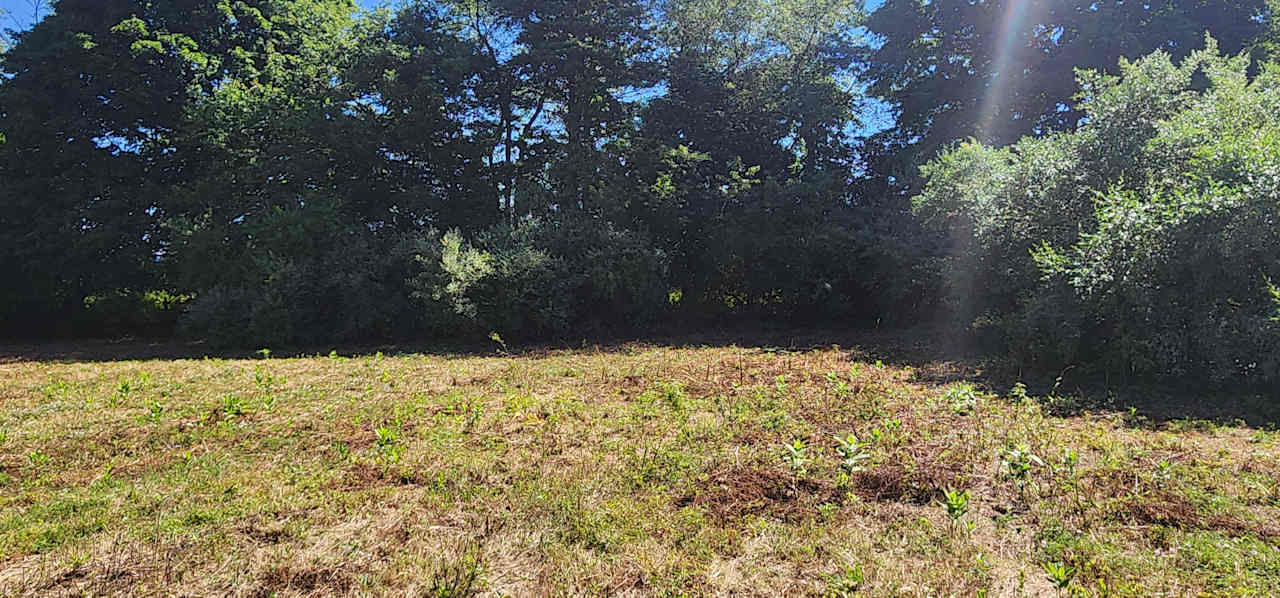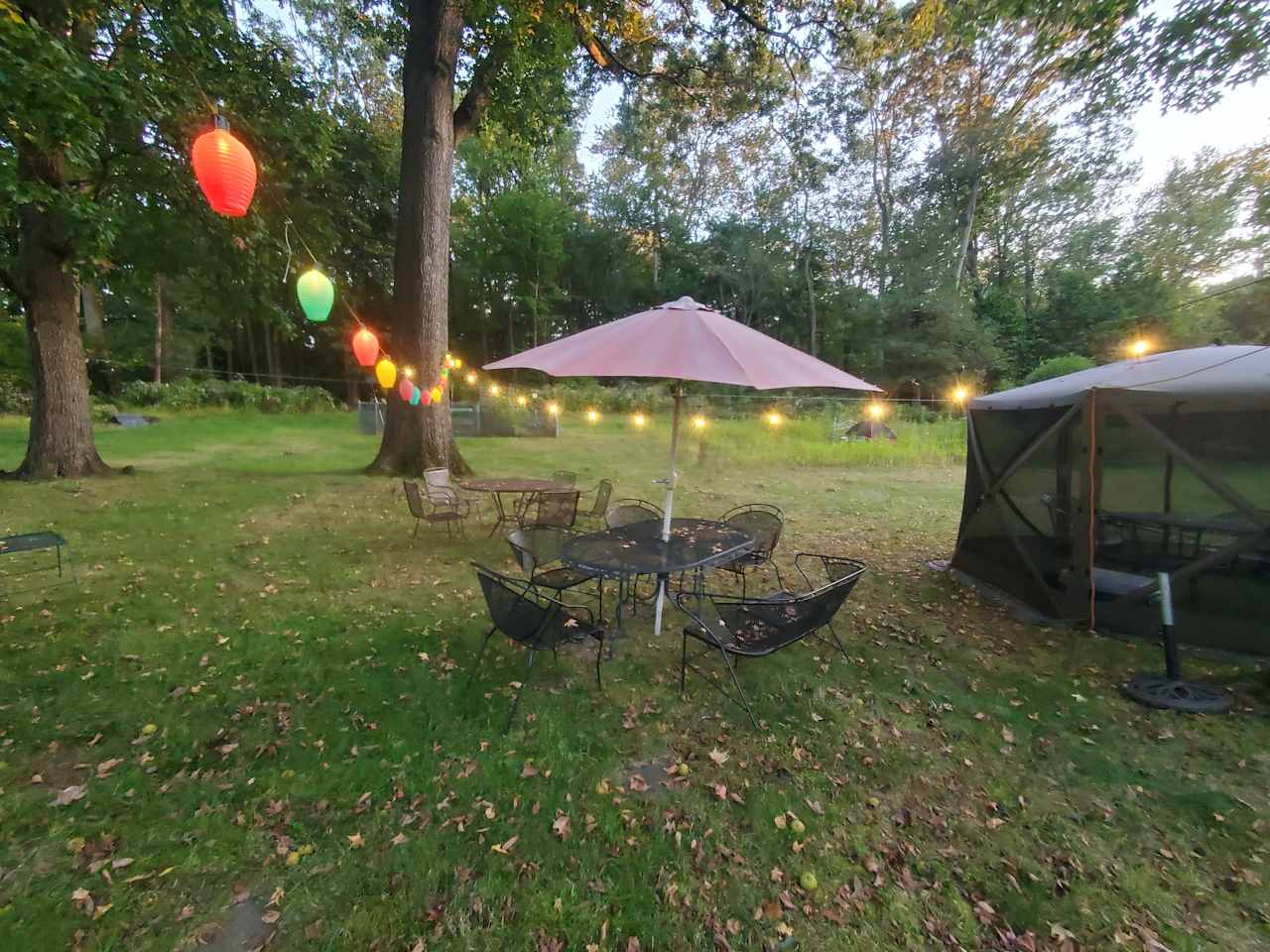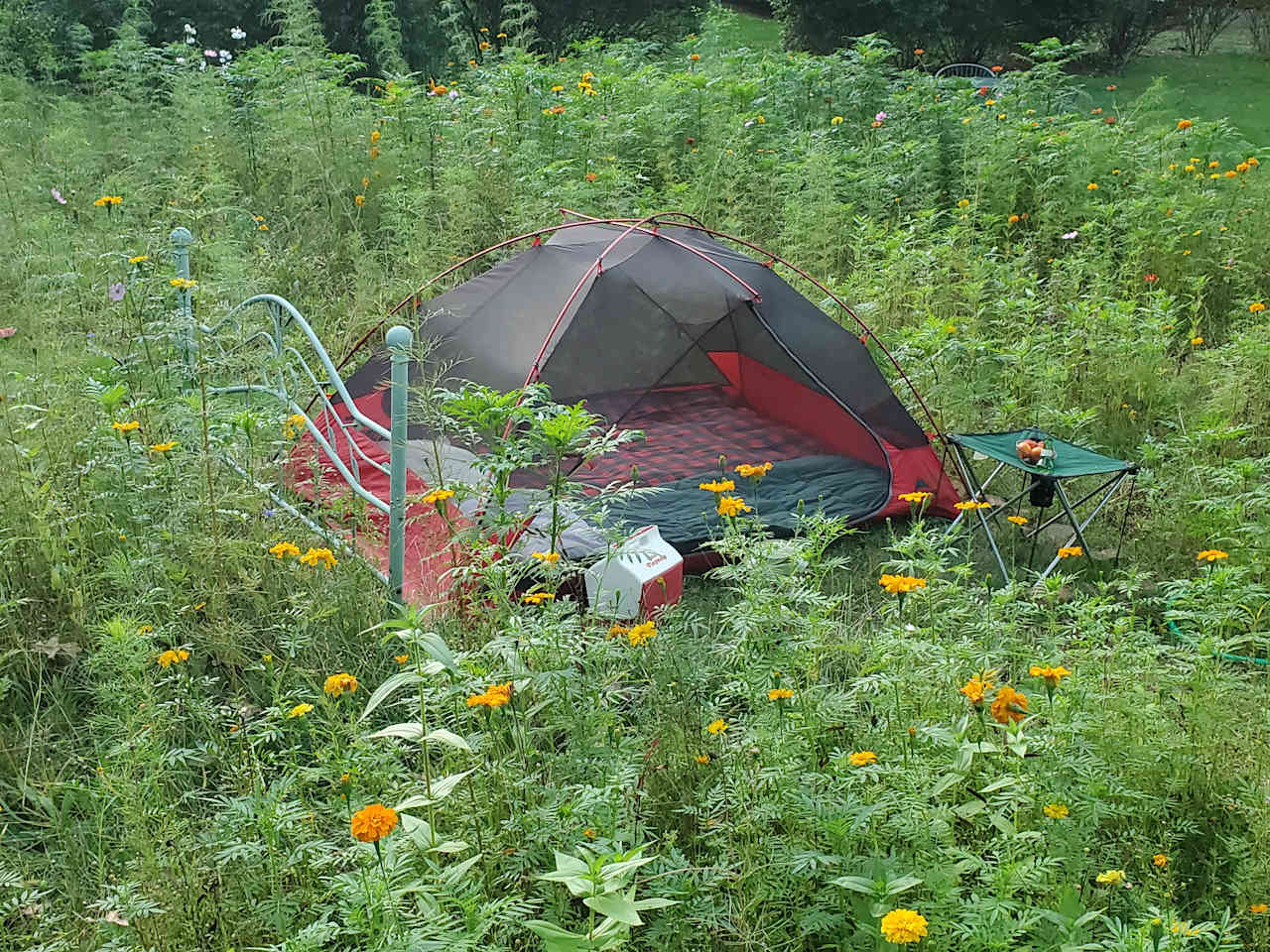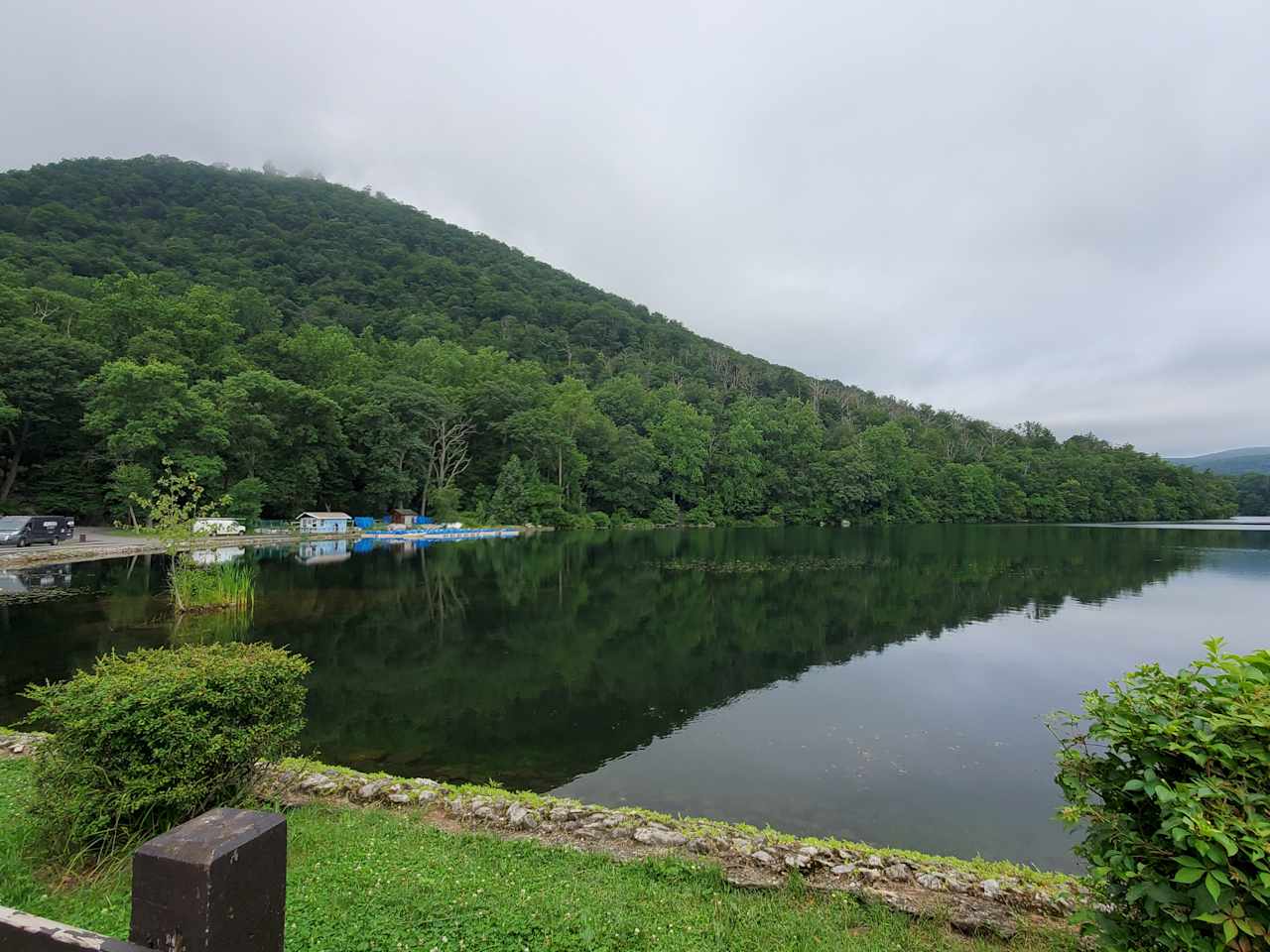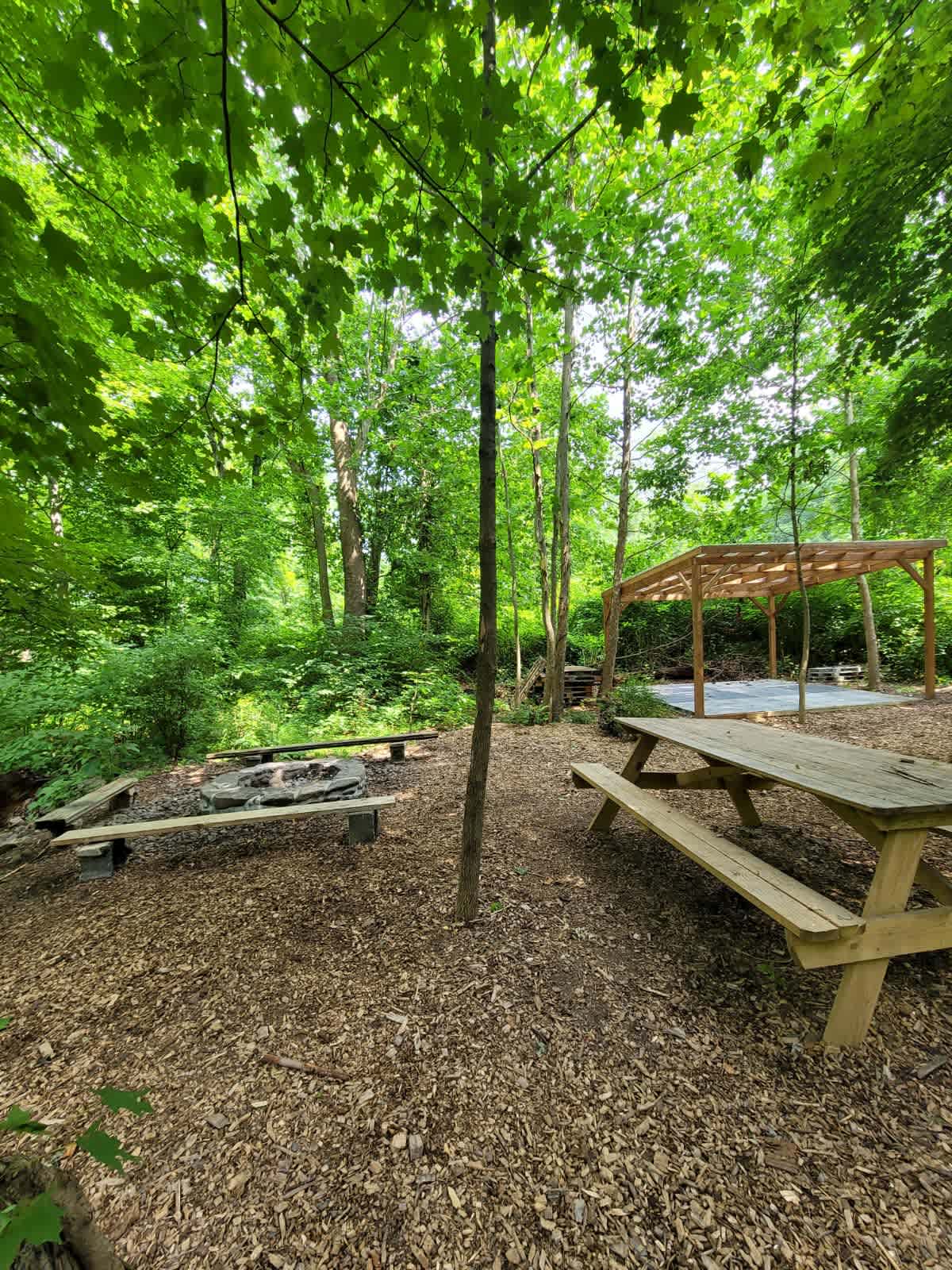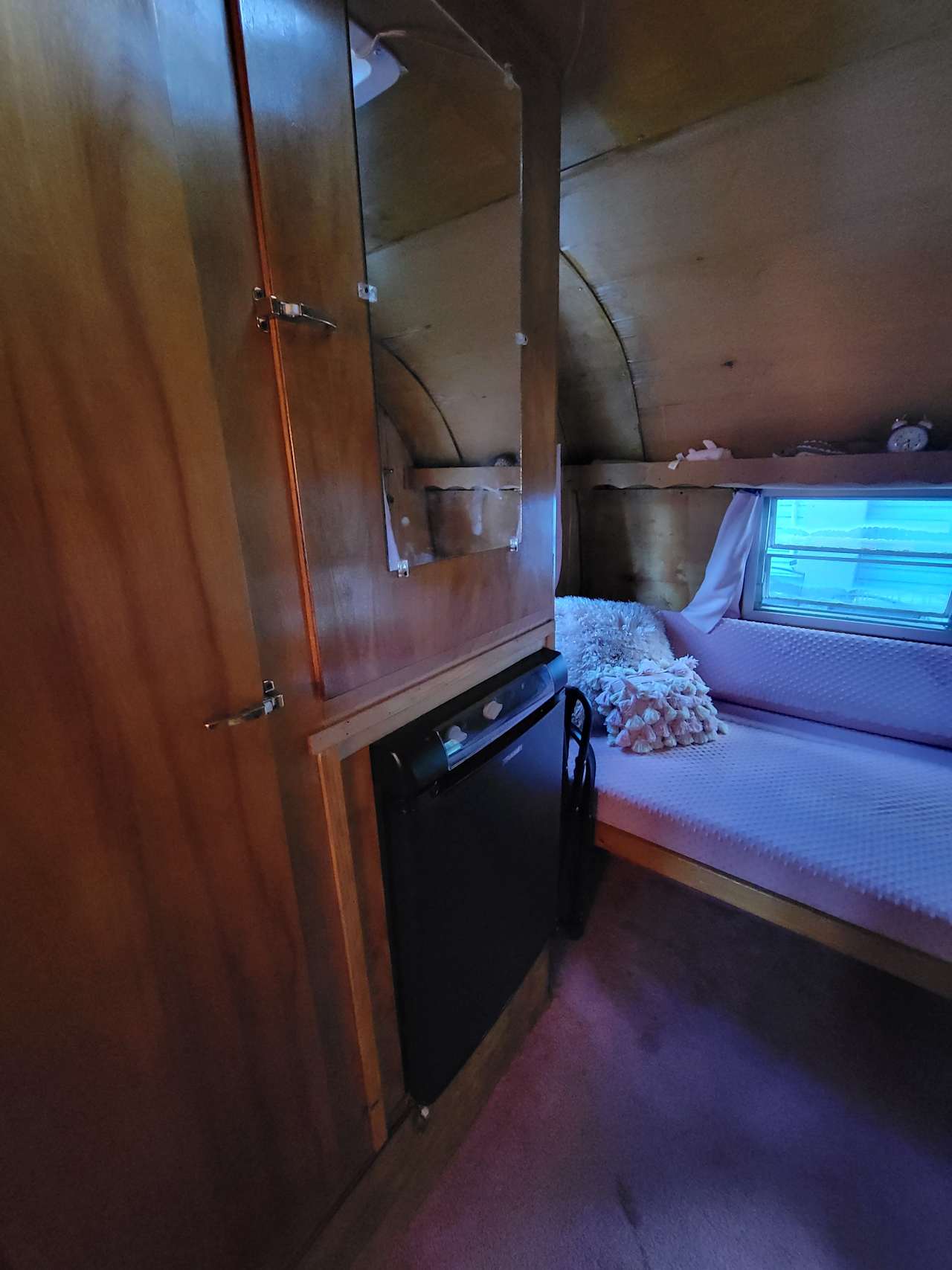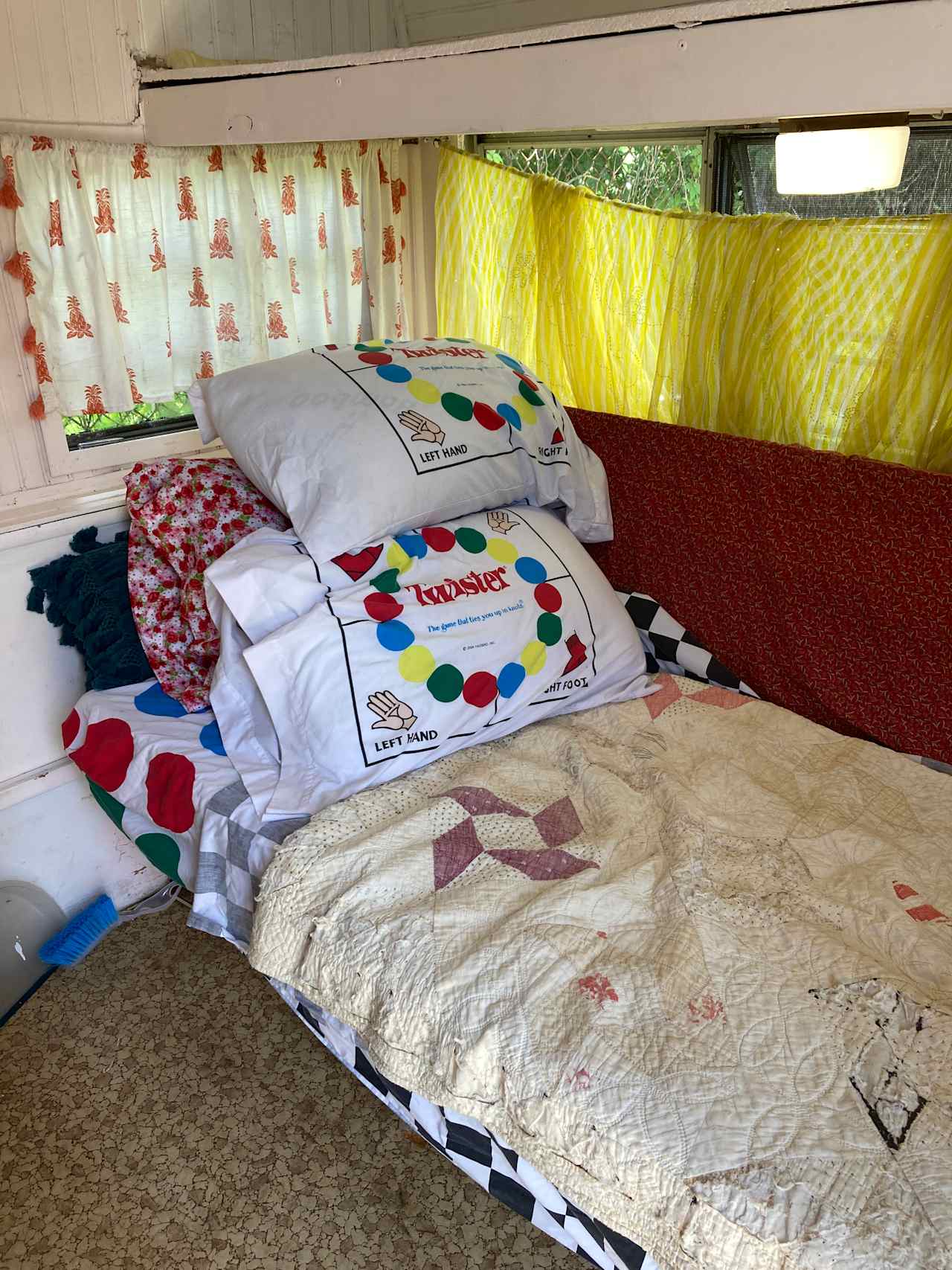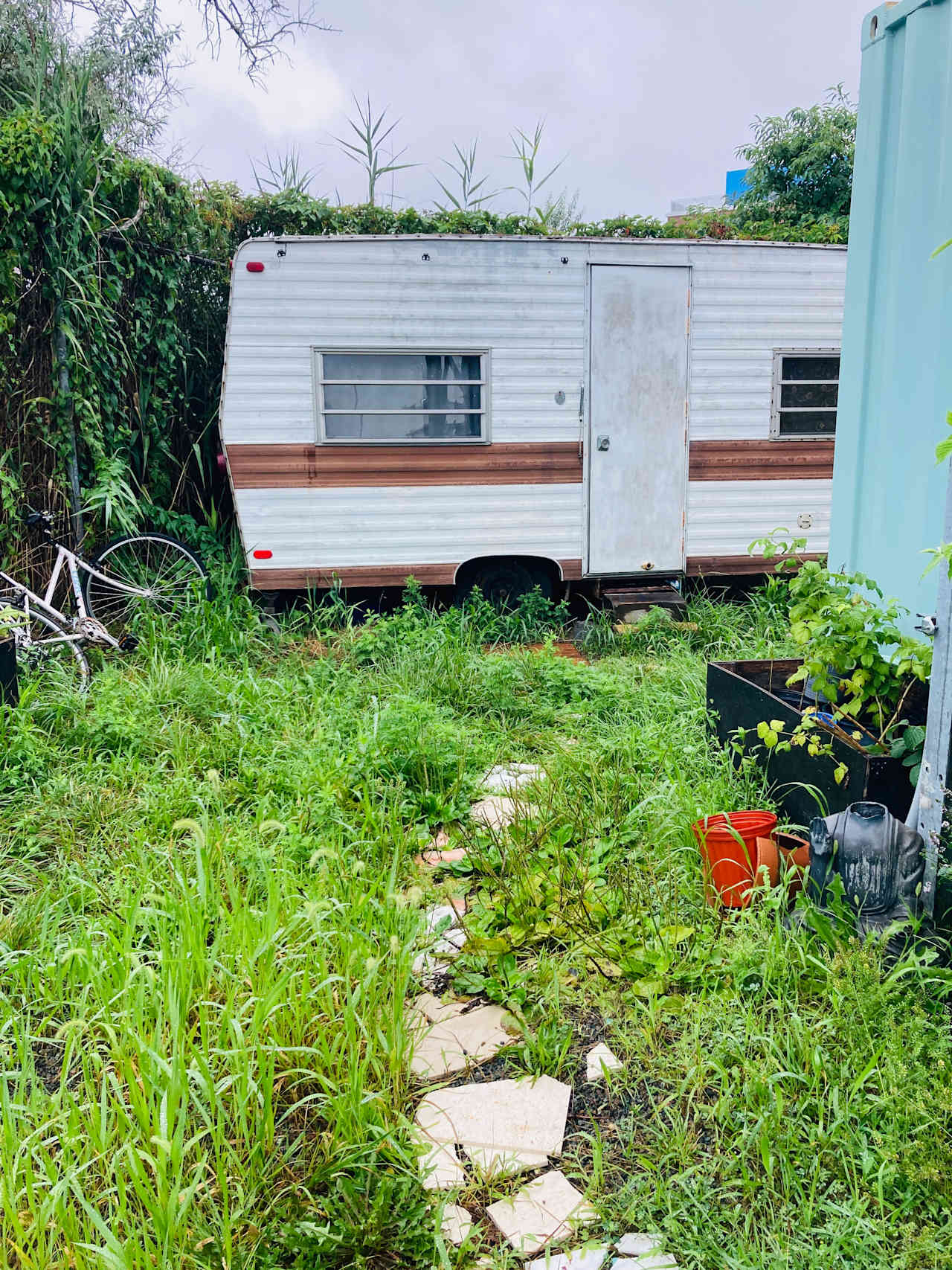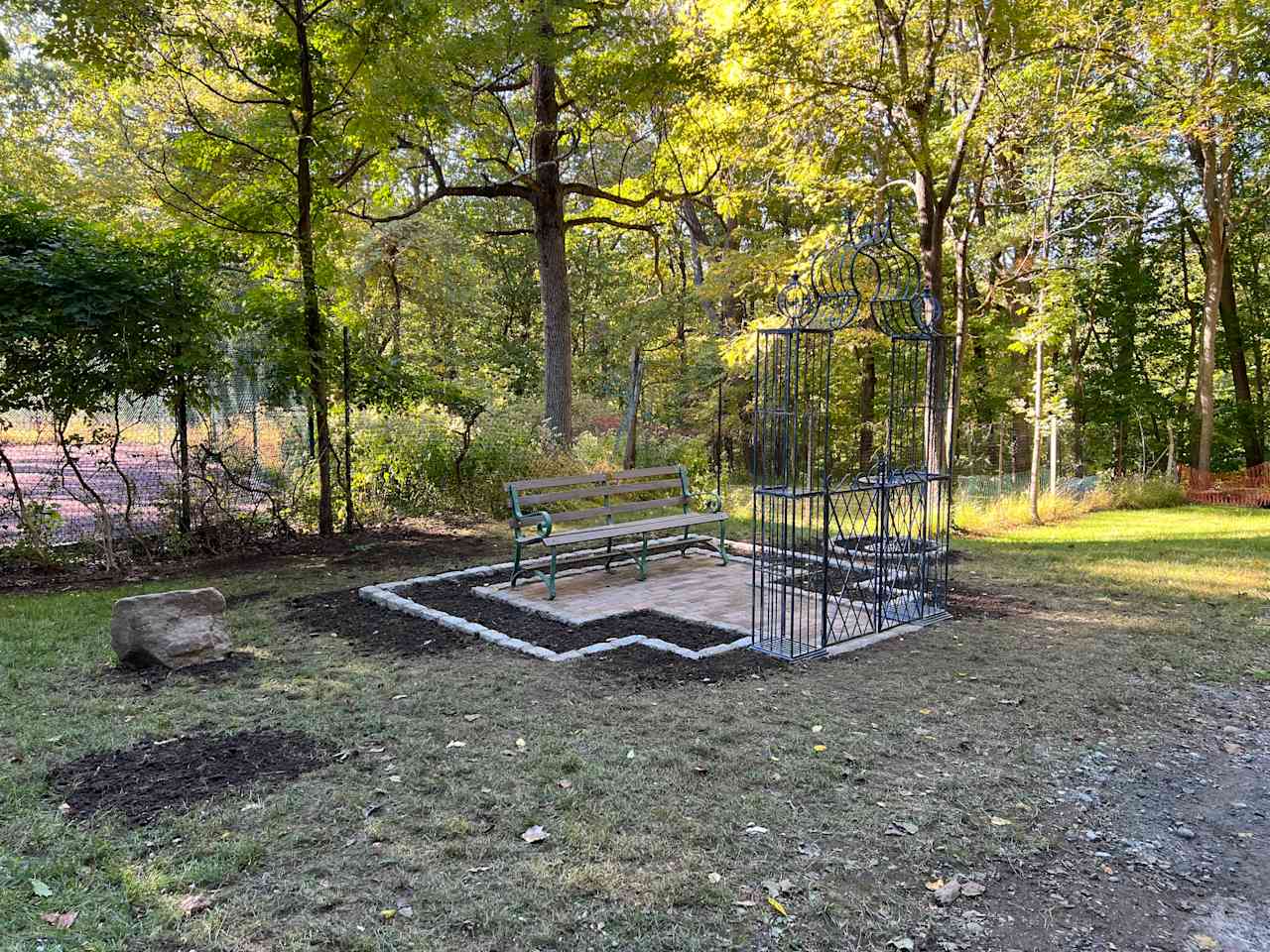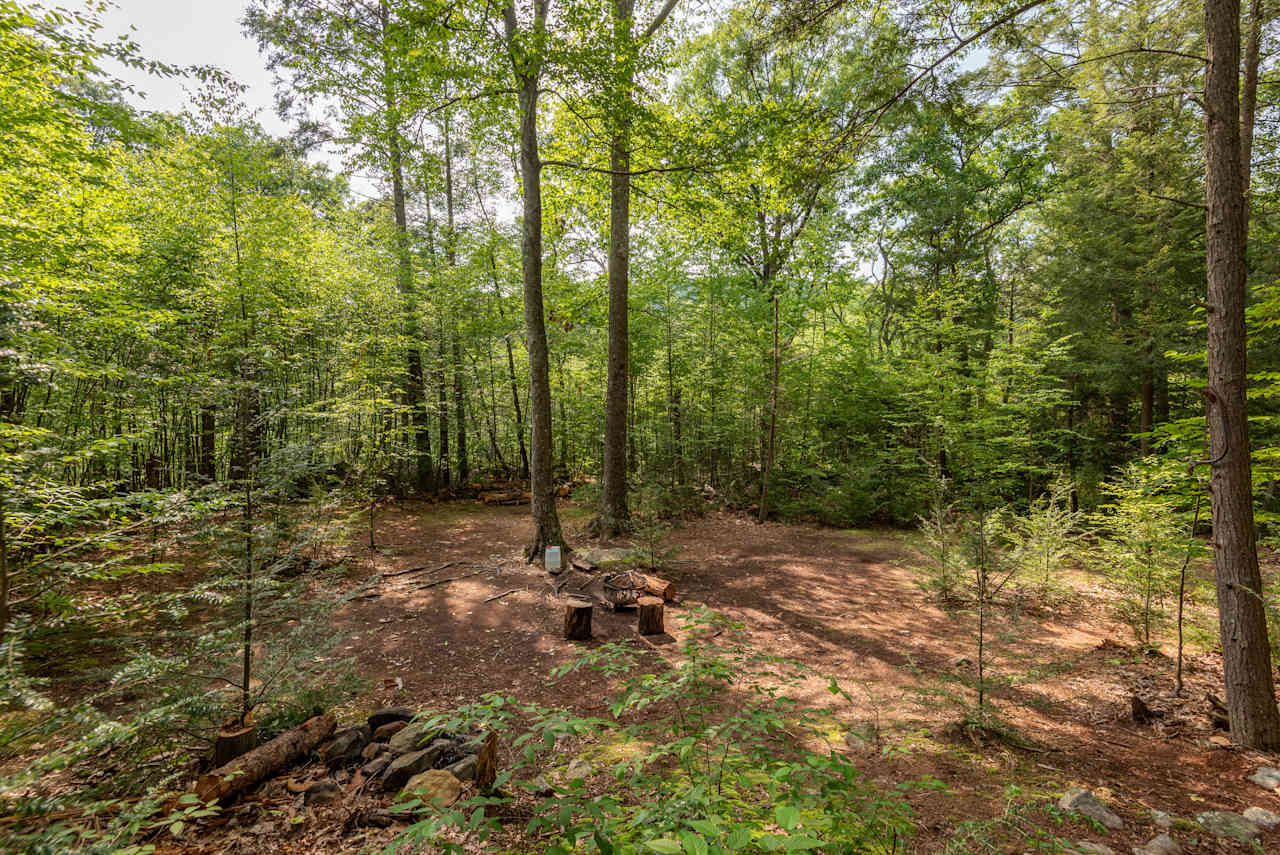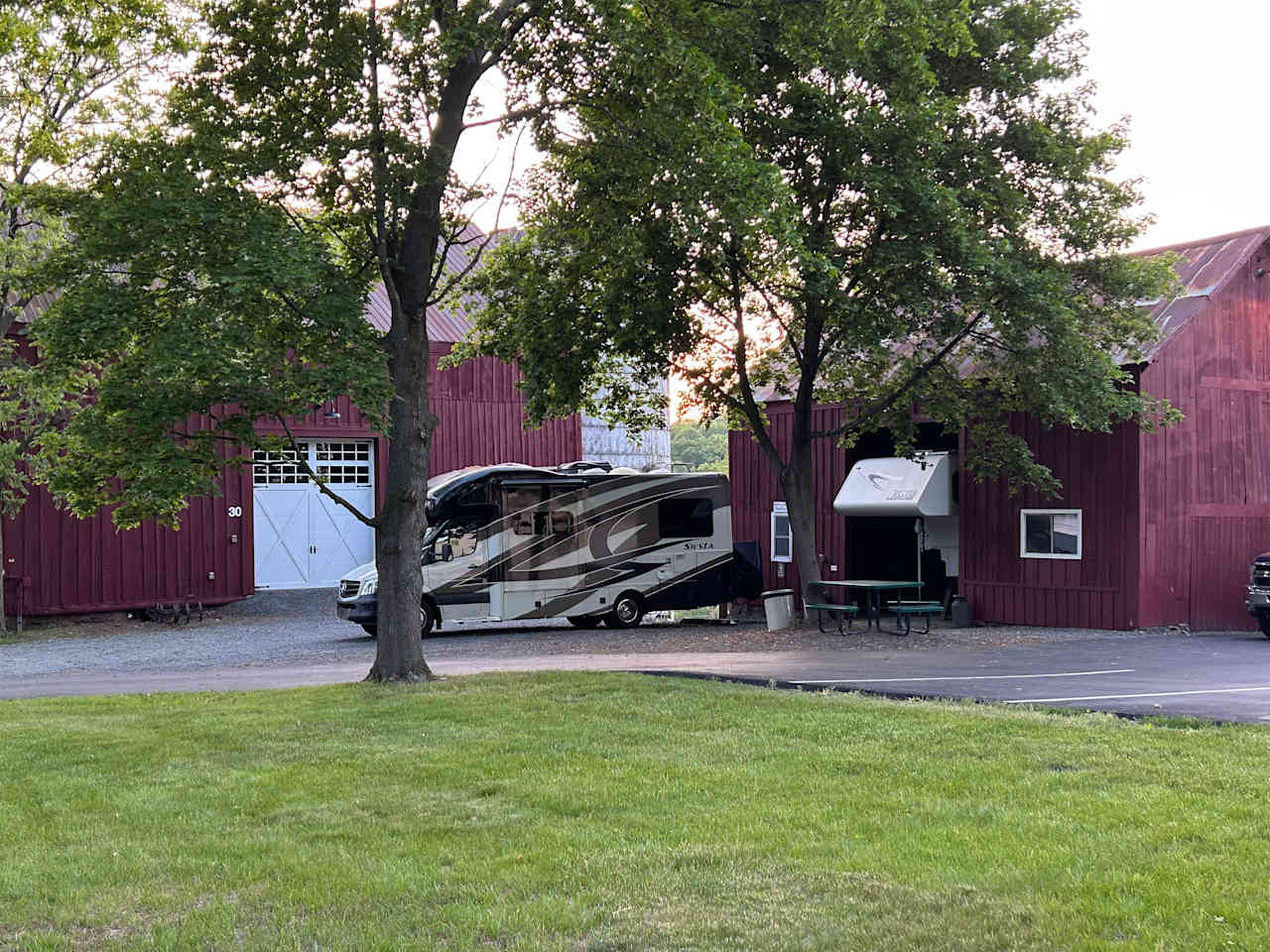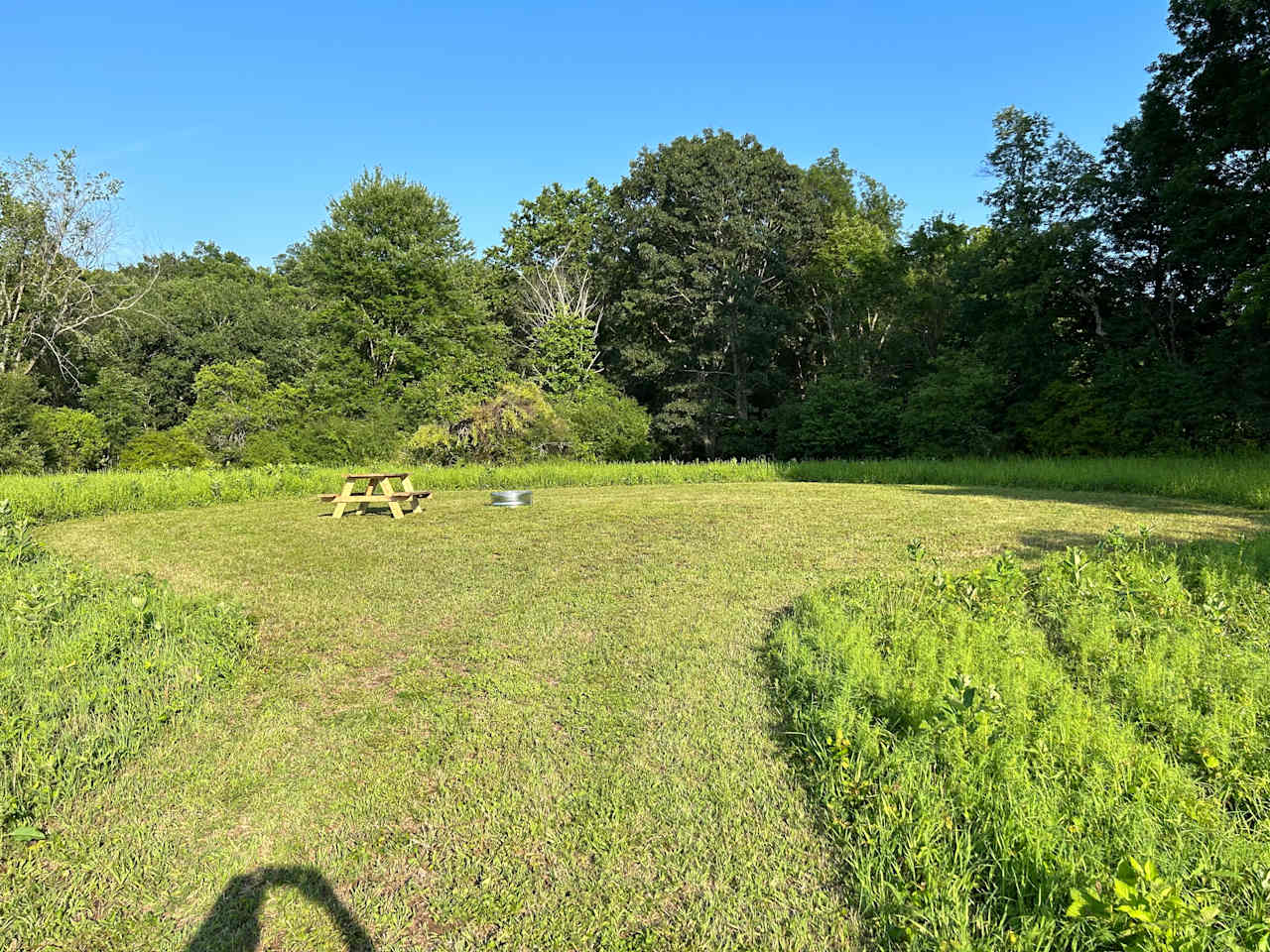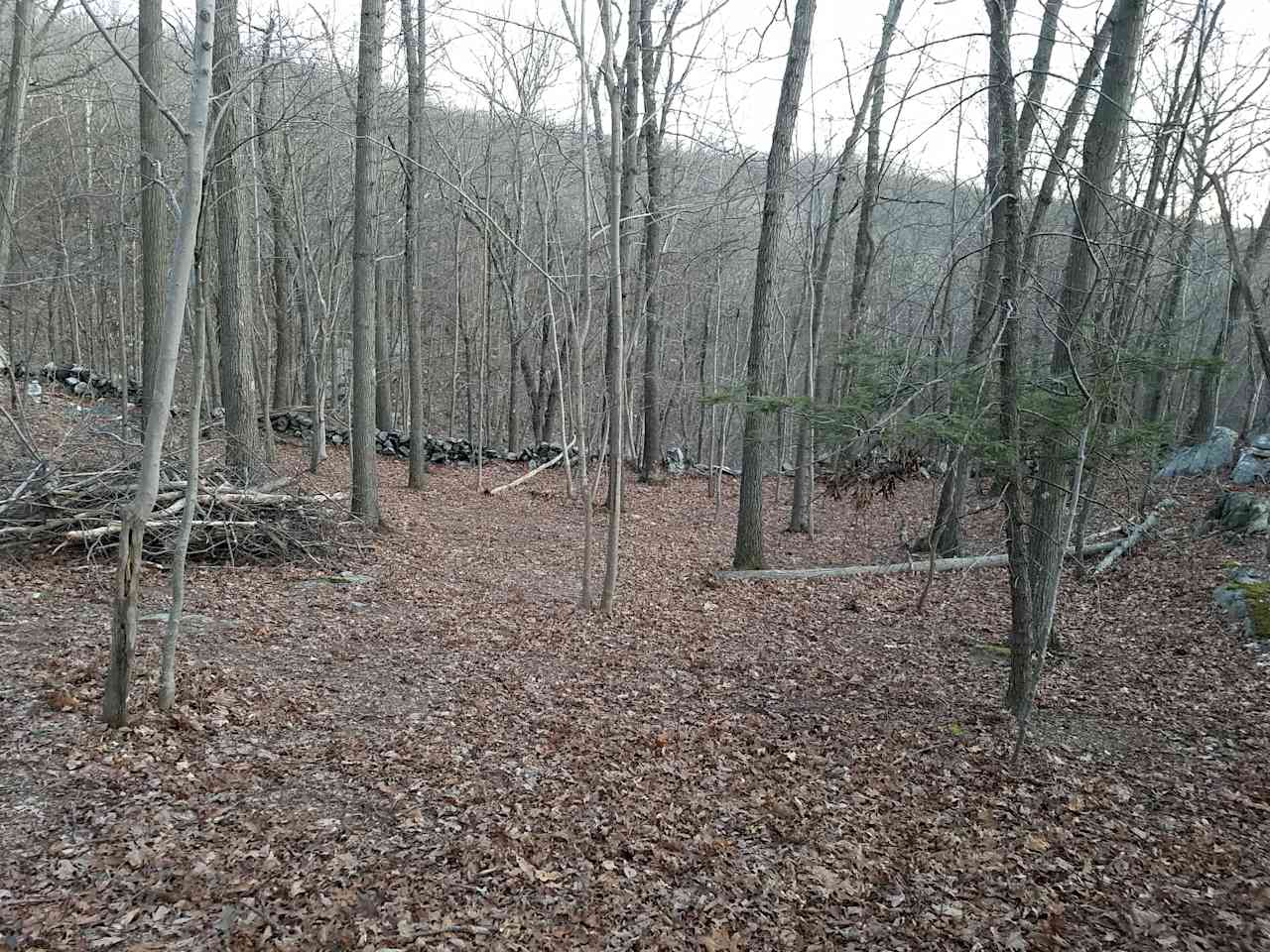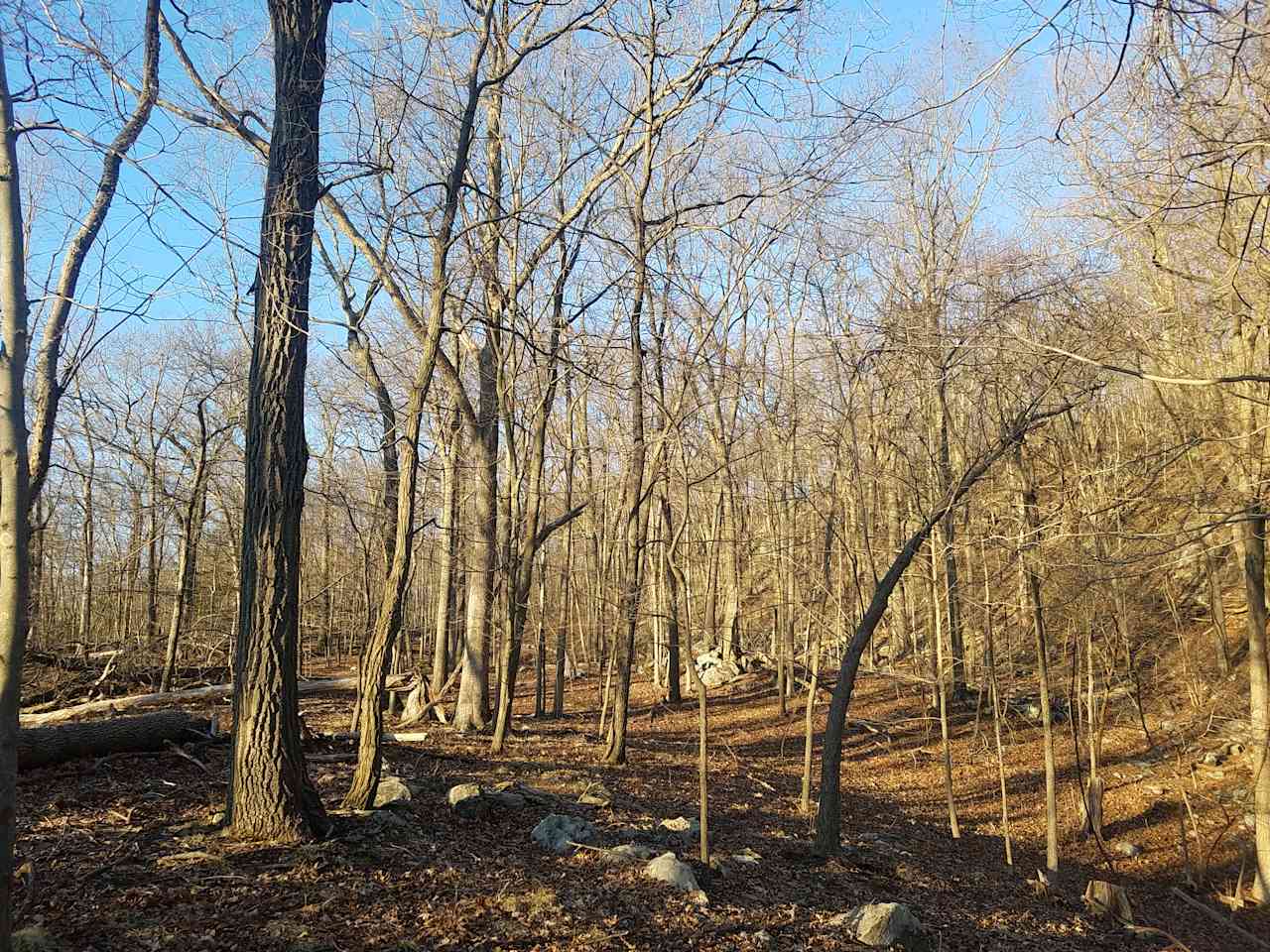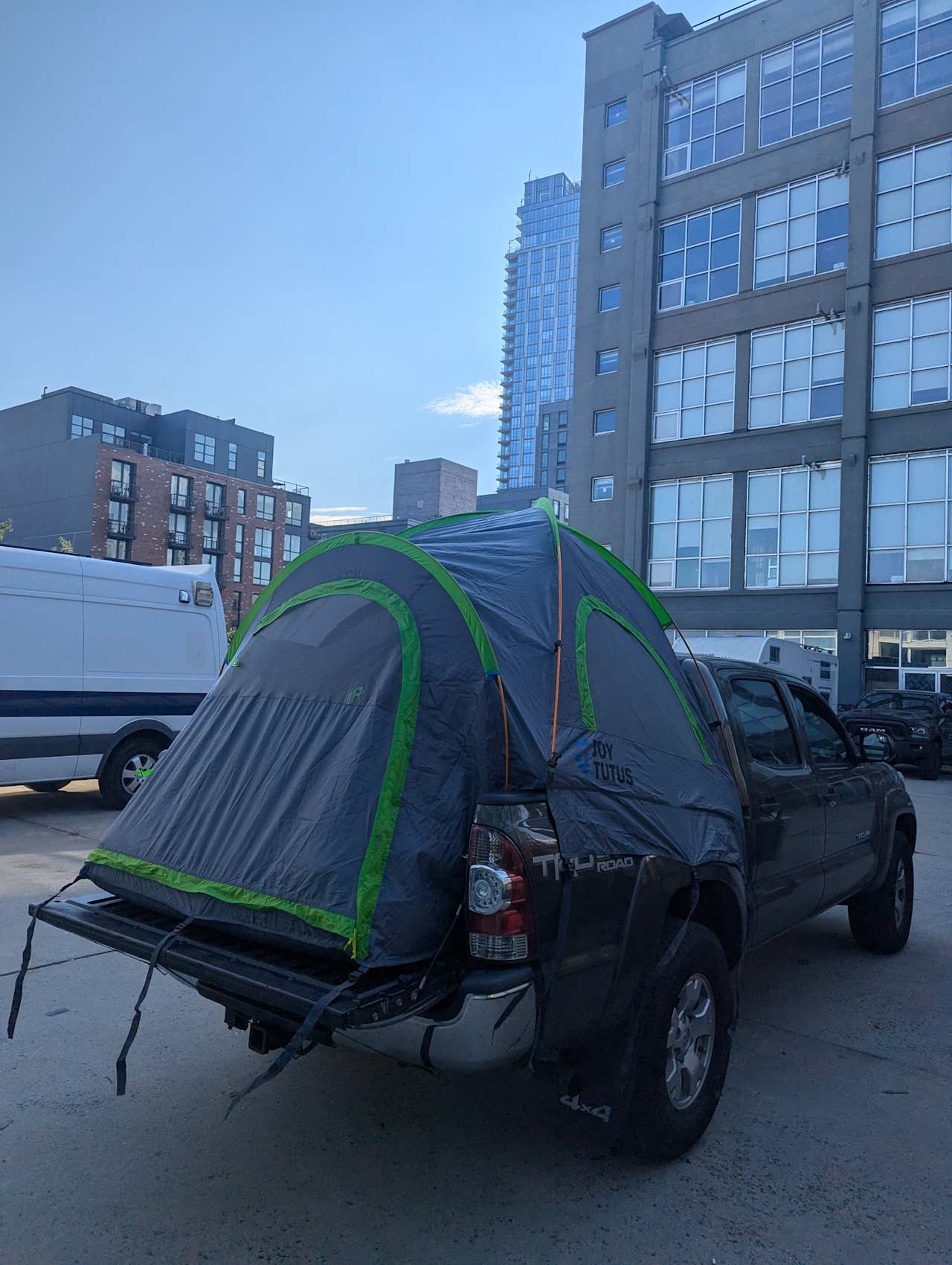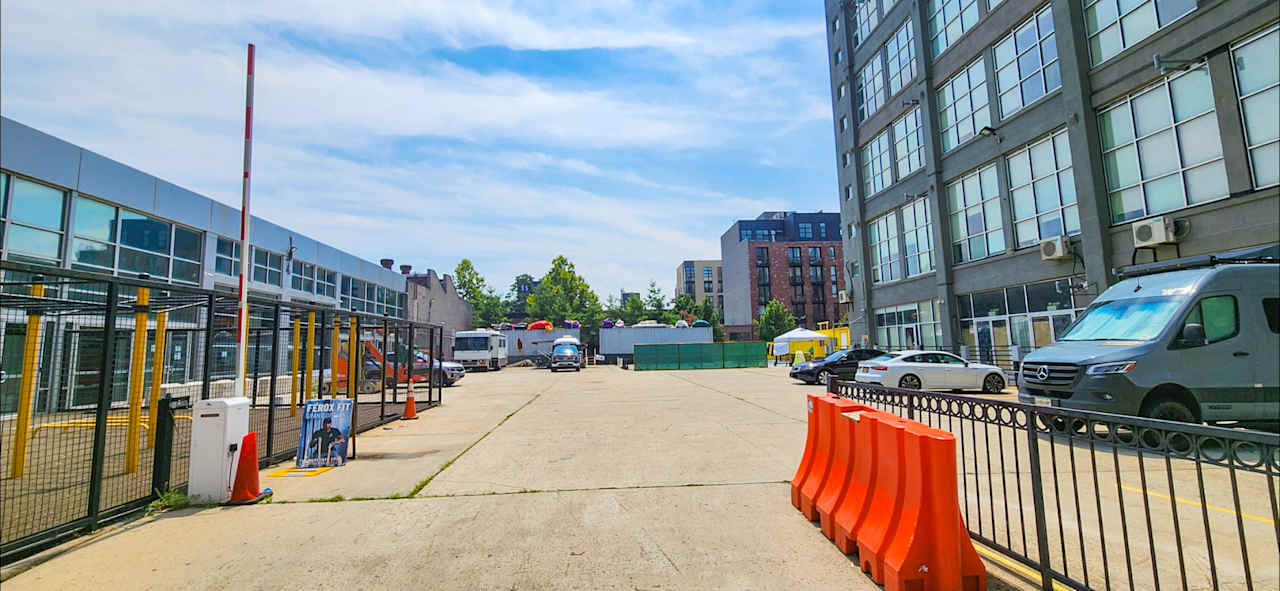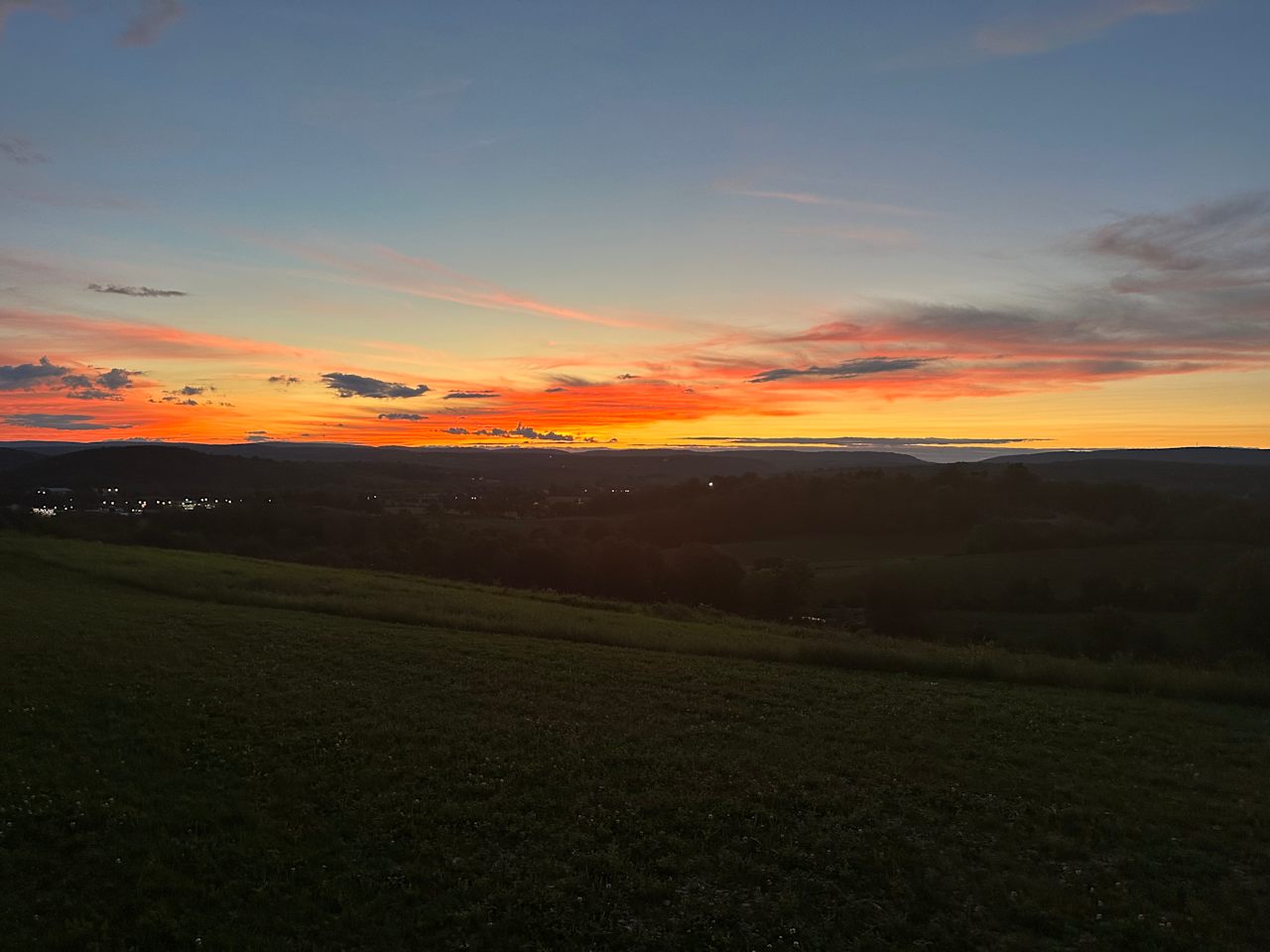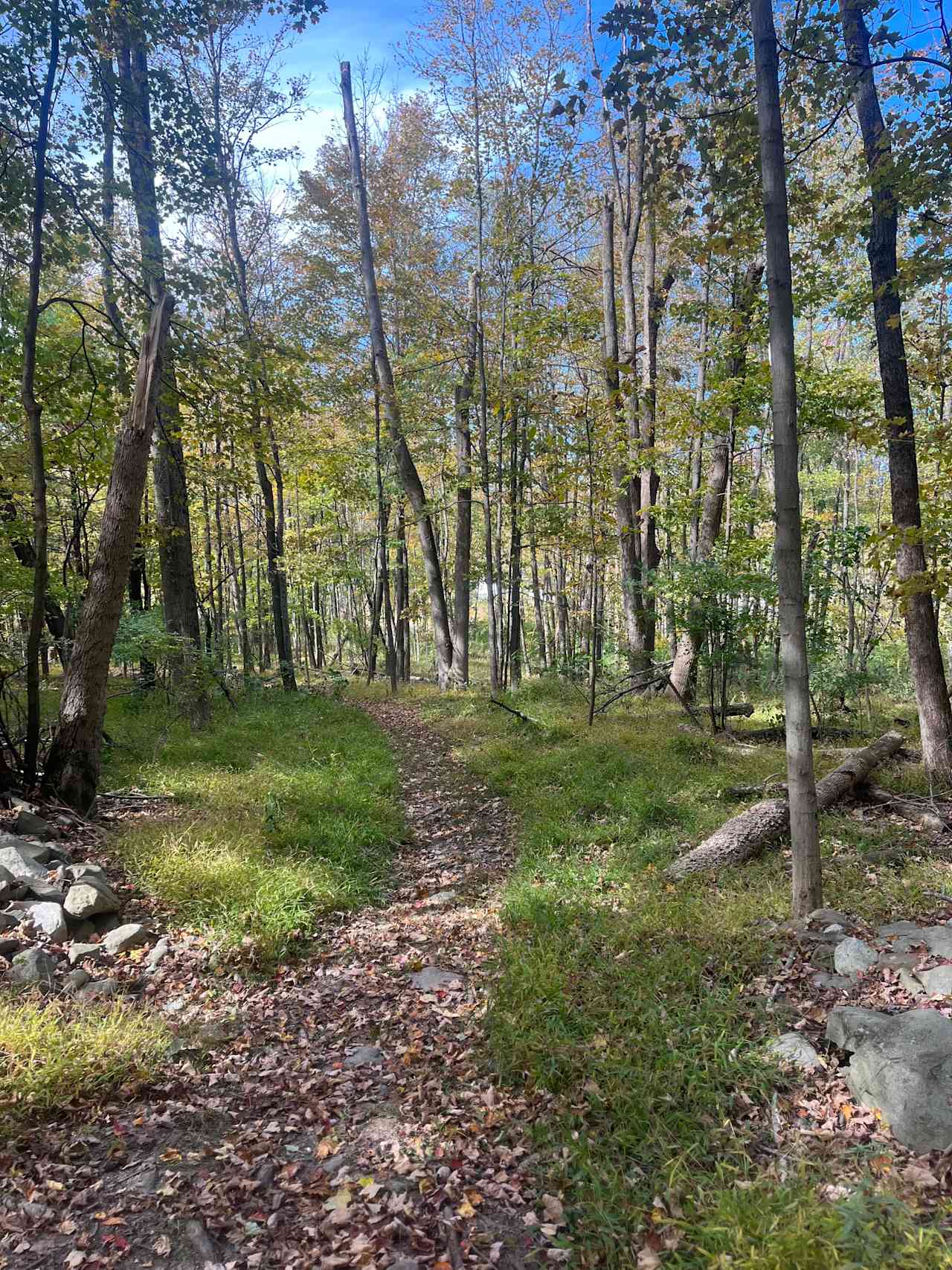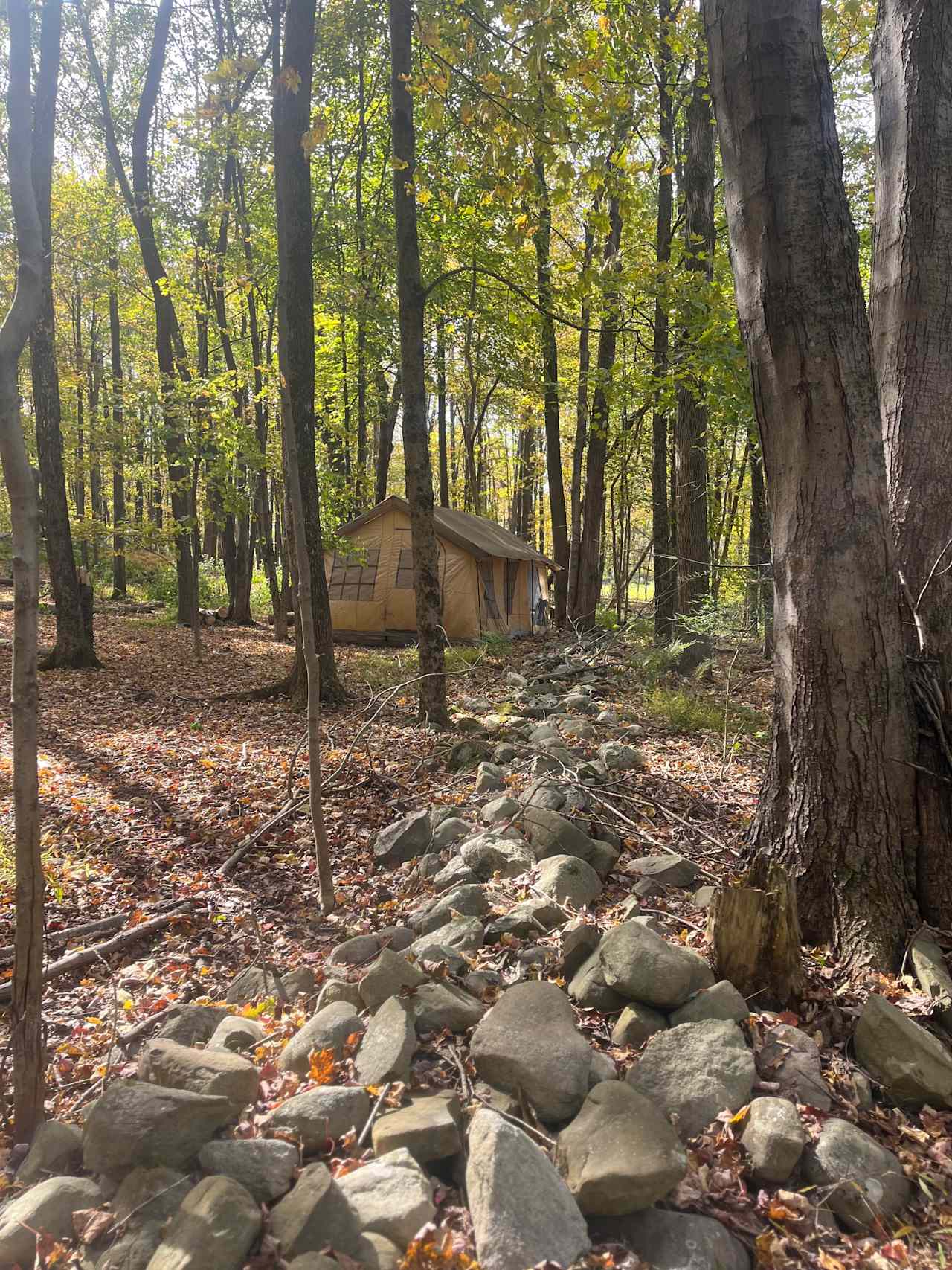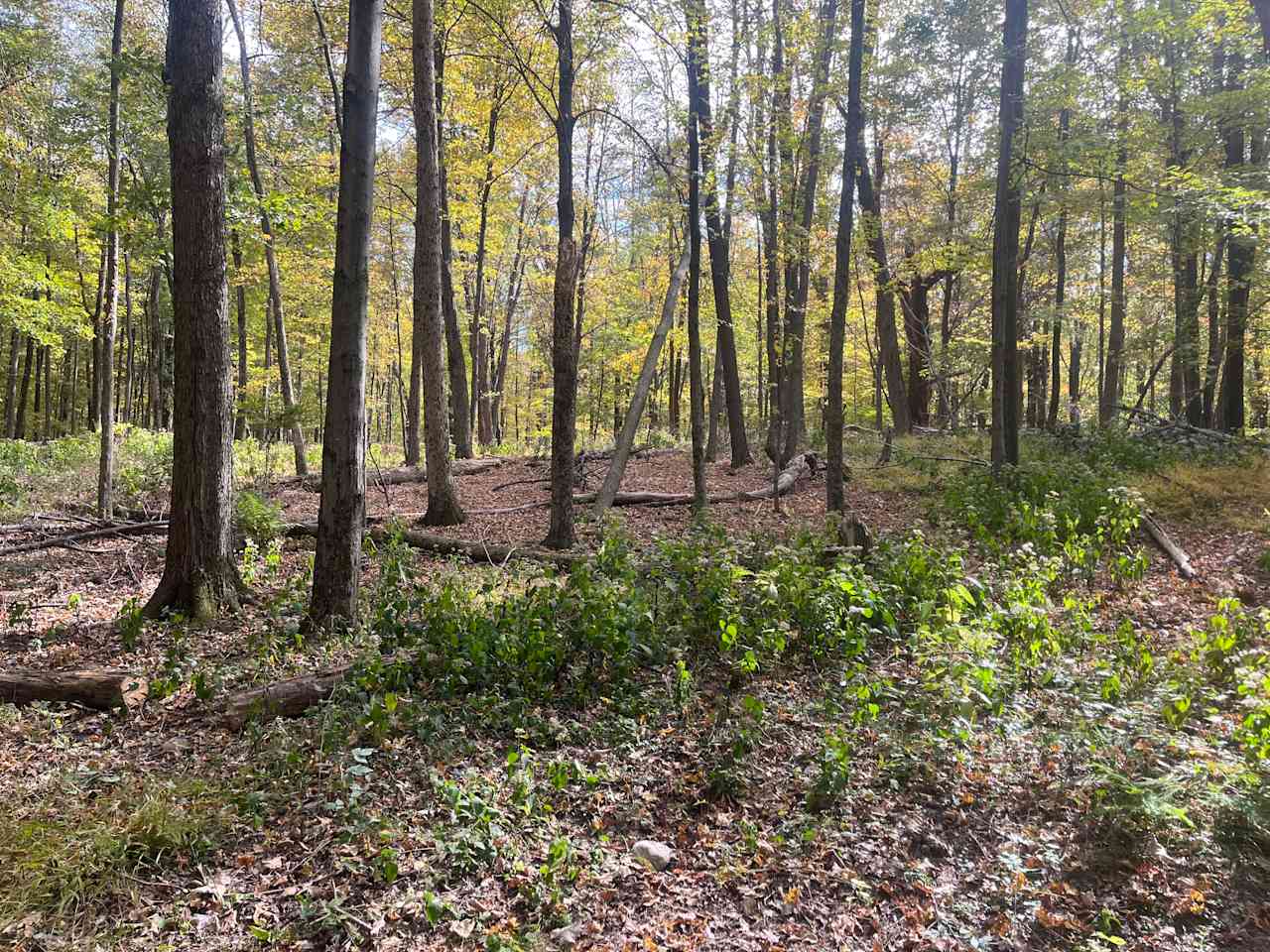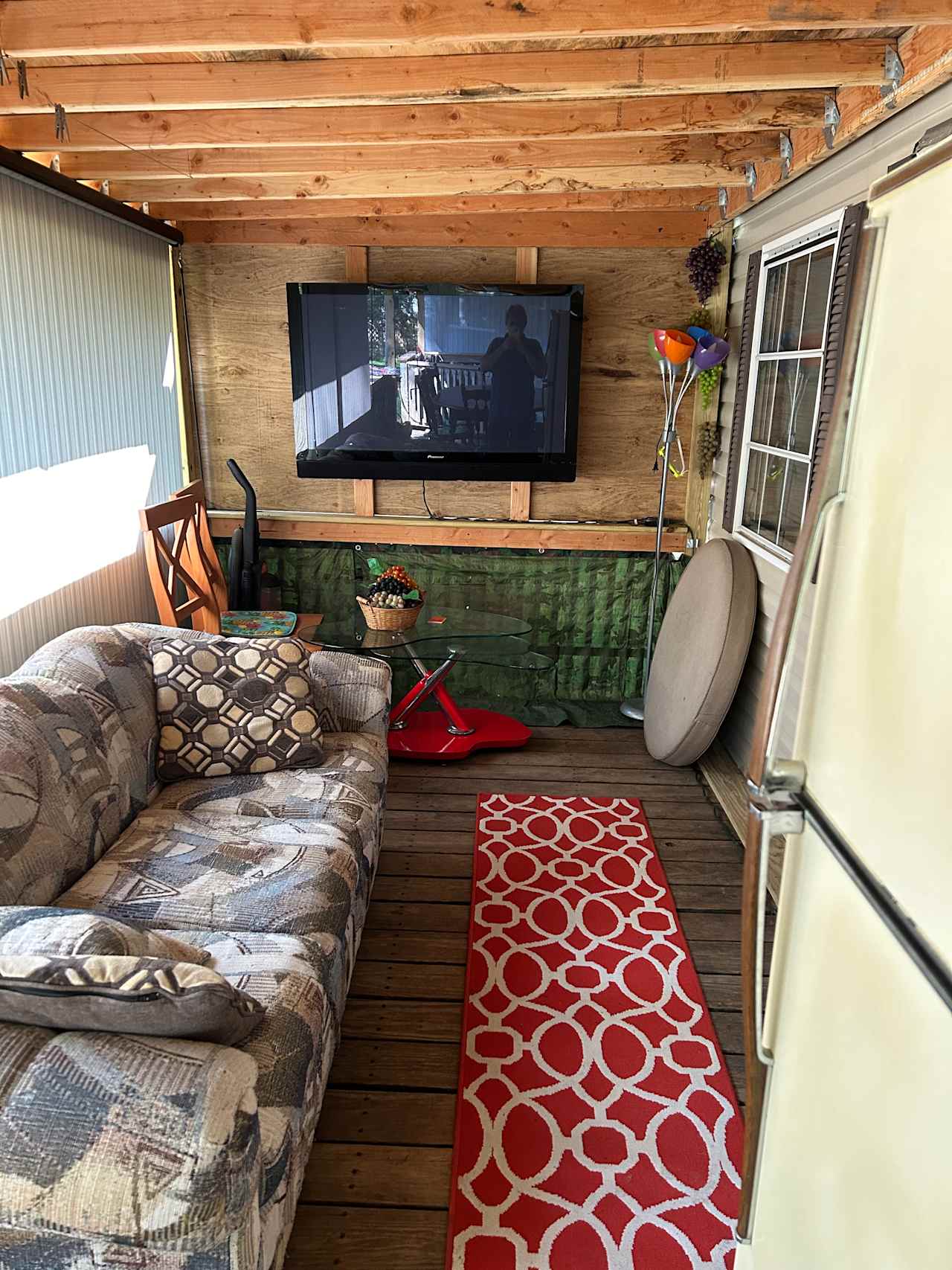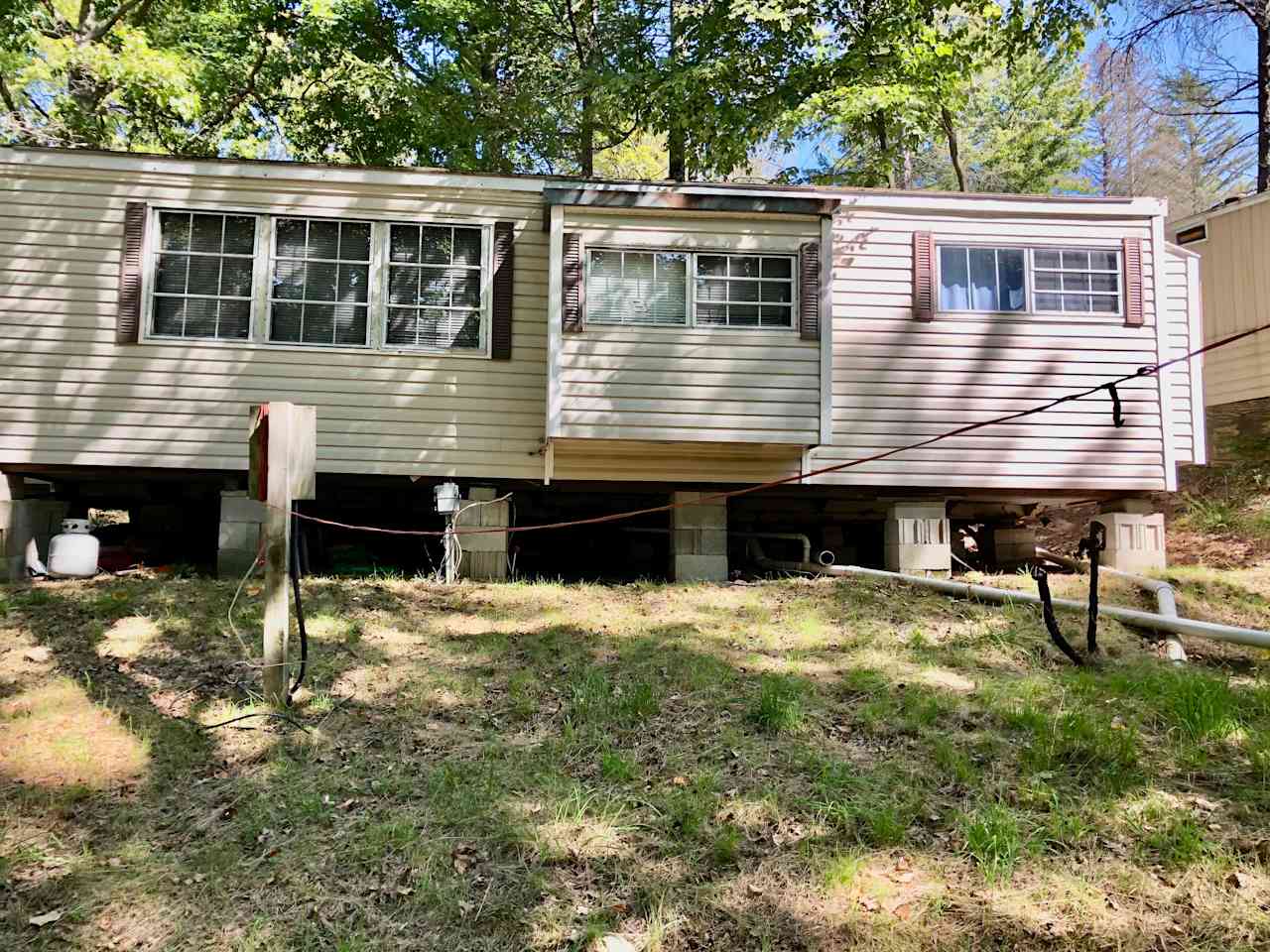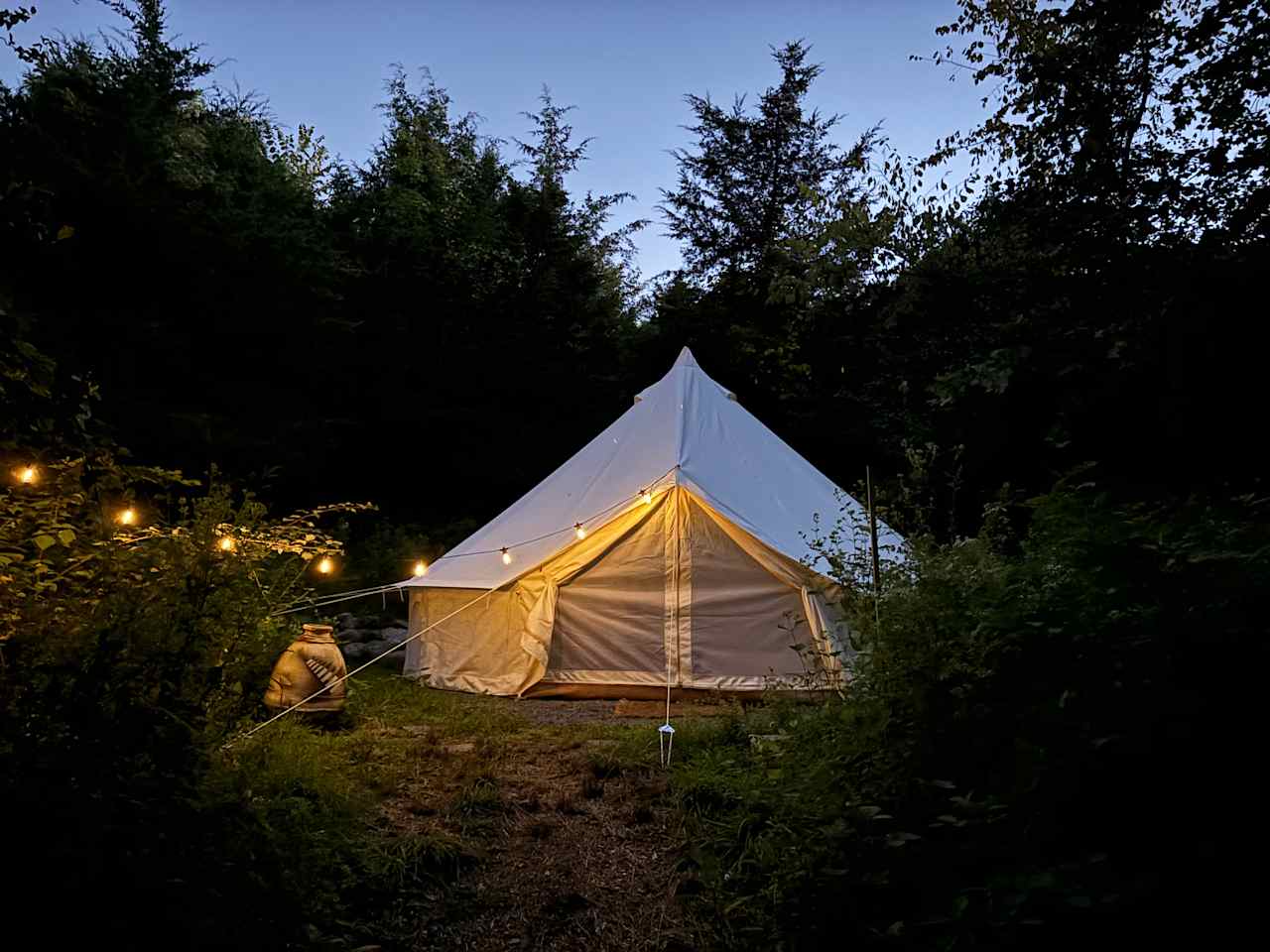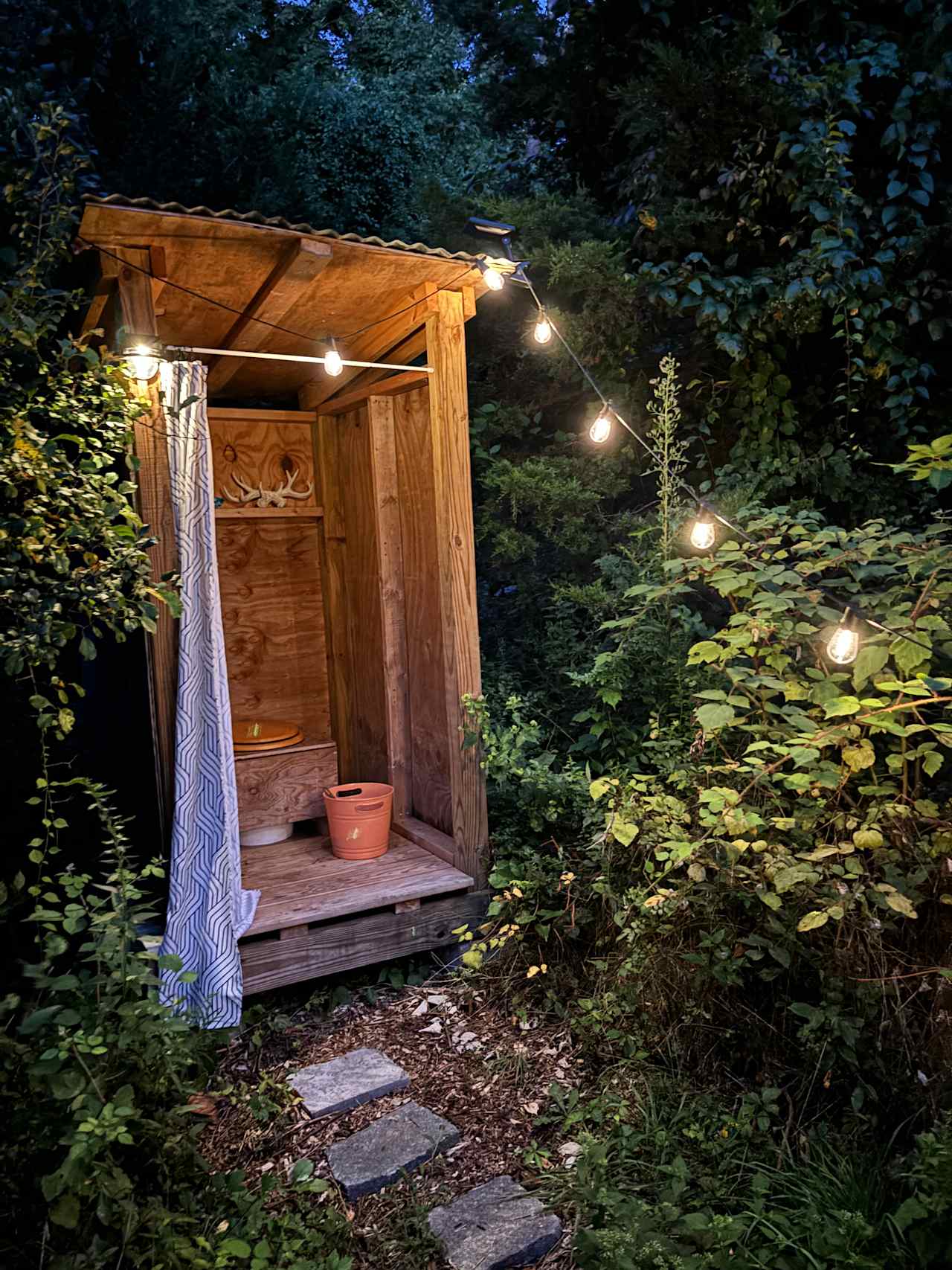The best camping near African Burial Ground National Monument
Discover the most magical spots to pitch your tent or park your rig on your next African Burial Ground National Monument adventure.
Popular ways to camp
Community favorites near African Burial Ground National Monument
Top-rated campgrounds reviewed by the Hipcamp community.
33 Acre Farm And Retreat
Wildflower Hill
Forest Treasure Island
Oak Grove Acres
Vintage RV , Rockaway secret garden
Moon Valley Campground
Historical Lake Front Barn
Top-rated campgrounds near African Burial Ground National Monument
Paradise Valley Homestead
The Dominion House Farm and Trails
Destination Farnch
Skyline RV Camp
Ash to Oak Farm
1. Robin's Hood
Brown Barn Farms
Bear Beaver Farms
Manufacturing Home
Apothecary Gardens NY
Beach Getaway
20 acre fallow farm 10 acres forest
The best camping near African Burial Ground National Monument guide
Overview
About
Construction workers unearthed a dark secret in Lower Manhattan in 1991. That was when a mass grave of around 400 bodies halted work on a new federal government building. Work stopped until historians could figure out what happened here.
Historians determined that anywhere from 10,000 to 20,000 Africans were buried underneath Lower Manhattan. In the rush to build up New York over the past 200 years, the mass graveyard was long forgotten. A map from 1755 lists the area as "Negros Burial Ground." Graves were unmarked. Many of the dead received wooden coffins, but not all of them.
Instead of the government building that was originally planned, a memorial was placed at the site on the corner of Duane Street and African Burial Ground Way (Elk Street). This memorial pays tribute to the men and women who fought for the respectful treatment of enslaved Africans and their descendants.
Bodies were unceremoniously dumped here starting in 1755. That was when New York was called New Amsterdam. Historical records point to a time when slavery wasn't just a North versus South issue. See a visitor's center, large stone monoliths, and raised mounds. The raised mounds are where the bodies were re-interred following their discovery. The deceased were finally given their respect.
Commissioned artwork and a respectful exterior monument pay homage to the nameless thousands buried beneath the site. Inside the visitor's center, the main exhibit shows what a burial ceremony may have looked like in 1755. A 40-seat theater allows for the showing of documentaries, lectures from scholars and multimedia presentations.
The African Burial Ground brings to light the unseen history below New York.
Top parks near African Burial Ground National Monument
Top cities near African Burial Ground National Monument
- African Burial Ground National Monument
